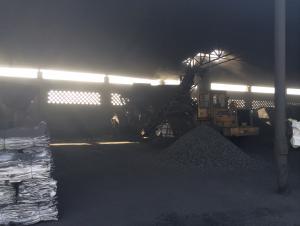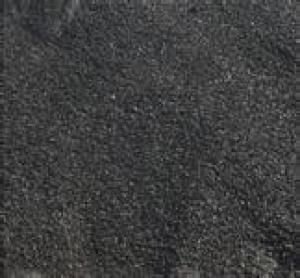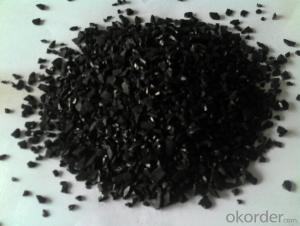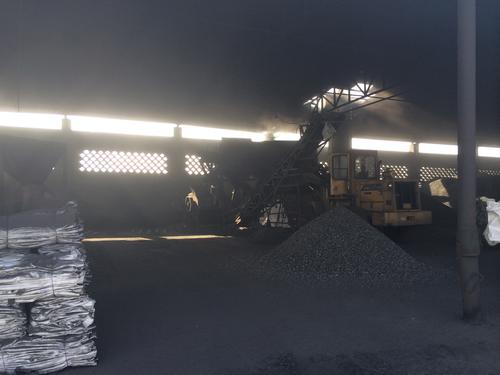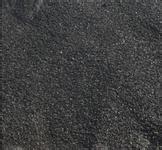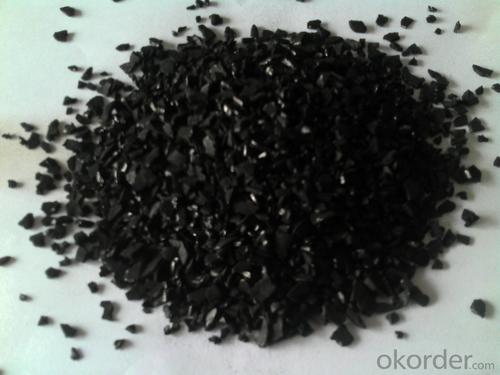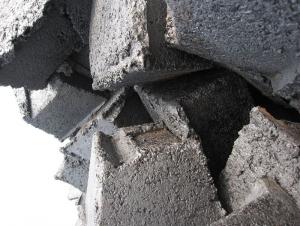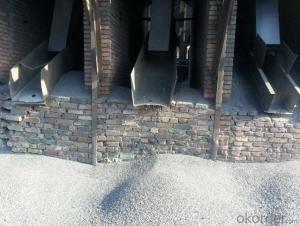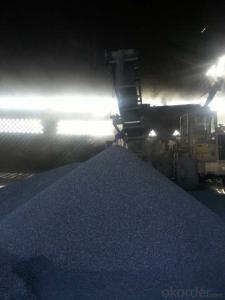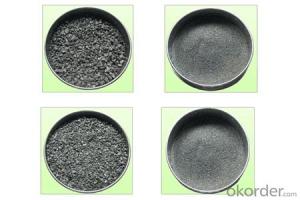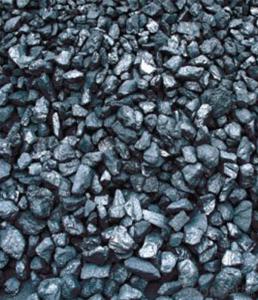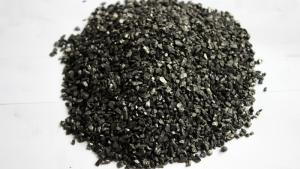Carbon Additive High FC 90%/CNBM China Product
- Loading Port:
- Tianjin
- Payment Terms:
- TT OR LC
- Min Order Qty:
- 0 m.t.
- Supply Capability:
- 100000 m.t./month
OKorder Service Pledge
OKorder Financial Service
You Might Also Like
Specifications
Calcined Anthracite Coal
Fixed carbon: 90%-95%
S: 0.5% max
Size: 0-3. 3-5.3-15 or as request
Packaging & Delivery
| Packaging Details: | 1. carbon additive in 1 MT jumbo bag 2. carbon additive in 25kg PP bag 3. carbon additive in 50 kg woven bag 4. carbon additive in bags then put them on pallet 5.bulk in container 6.as your requirements |
| Delivery Detail: | within 10 days after receiving 30% deposit or LC |
Product Description
Carbon additive (carbon raiser) with characteristic of low ash and low sulfur is made from calcined petroleum coke, graphite petroleum coke or high quality anthracite coal . As an ideal recarburizer and intermediate reactor, it has been widely used in different industries like metallurgy, chemistry, machinery, electricity, etc.
The selection of a charging carbon is determined by the quality requirements of the steel or ferroalloy production as well as the cost and availability of carbon products. So the recarburizer is mainly used in the metallurgy to increase the content of carbon.
General Specification of Calcined Anthracite coal
PARAMETER UNIT GUARANTEE VALUE | |||||
F.C.% | 95MIN | 94MIN | 93MIN | 92MIN | 90MIN |
ASH % | 4MAX | 5MAX | 6MAX | 7MAX | 8MAX |
V.M.% | 1 MAX | 1MAX | 1.5MAX | 1.5MAX | 1.5MAX |
SULFUR % | 0.5MAX | 0.5MAX | 0.5MAX | 0.5MAX | 0.5MAX |
MOISTURE % | 0.5MAX | 0.5MAX | 0.5MAX | 0.5MAX | 0.5MAX |
Size can be adjusted based on buyer's request.
Pictures of Calcined AnthraciteCoal
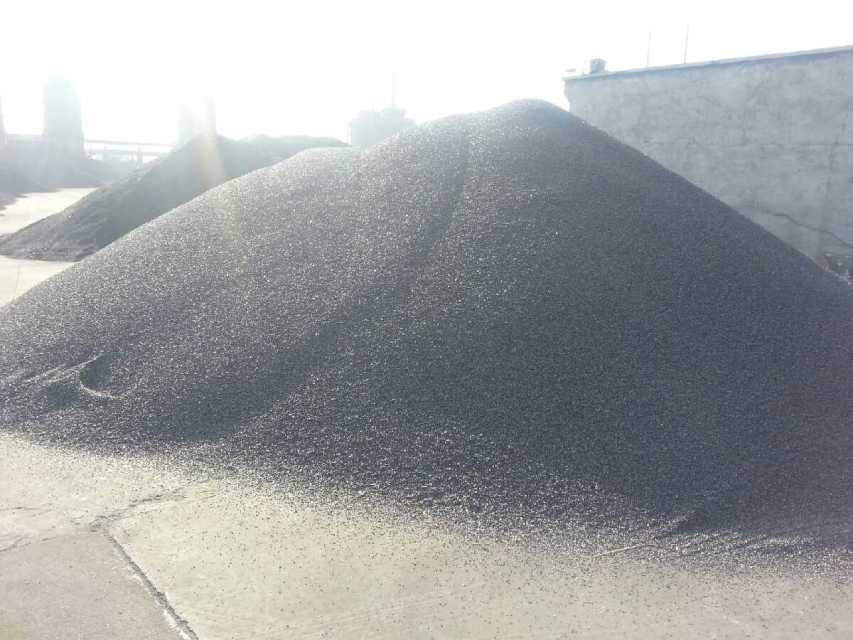
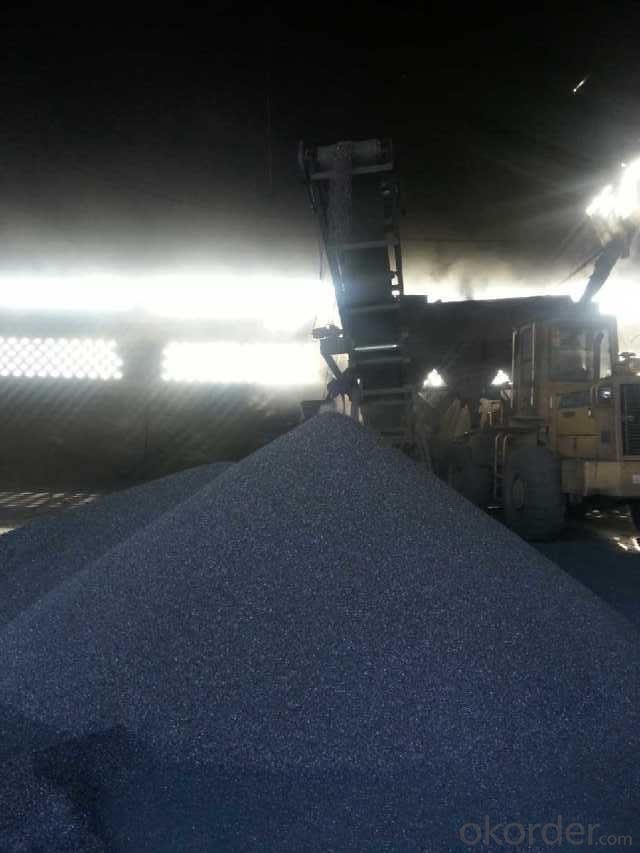
- Q: How does carbon affect the pH of water bodies?
- Carbon can have a significant impact on the pH of water bodies. When carbon dioxide (CO2) from the atmosphere dissolves in water, it forms carbonic acid (H2CO3). This process is known as carbonation and occurs naturally in water bodies. Carbonic acid is a weak acid and it plays a crucial role in buffering the pH of water bodies. The presence of carbonic acid in water can lower the pH, making it more acidic. This is because carbonic acid dissociates into hydrogen ions (H+) and bicarbonate ions (HCO3-). The higher the concentration of hydrogen ions, the lower the pH of the water. Therefore, carbonic acid contributes to the acidity of water bodies. Additionally, carbonic acid can undergo further dissociation to form carbonate ions (CO32-). These carbonate ions can react with hydrogen ions, effectively reducing the concentration of hydrogen ions and increasing the pH of the water. This process is called carbonation and it acts as a buffer, helping to stabilize the pH of the water. Human activities, such as burning fossil fuels and deforestation, release excessive amounts of carbon dioxide into the atmosphere. This leads to an increase in the concentration of carbonic acid in water bodies, which in turn lowers the pH. This phenomenon is known as ocean acidification and it can have detrimental effects on marine life. Decreased pH caused by excess carbon can harm aquatic organisms, especially those with calcium carbonate shells, such as corals, mollusks, and some plankton species. The more acidic water dissolves their shells, making them more vulnerable to predation and reducing their ability to build and maintain their protective structures. In conclusion, carbon can significantly affect the pH of water bodies through the formation of carbonic acid. While carbonic acid contributes to the acidity of water, it also acts as a buffer, helping to stabilize the pH. However, excessive carbon dioxide emissions from human activities can lead to ocean acidification, impacting marine life and the overall health of water ecosystems.
- Q: Yes, I have a weapon, want to strengthen 11, said to be advanced furnace rock carbon, do not know how to get, look at the prawns pointing
- Is there still any carbon in the furnace?After the revision, there is no, where did not sell, the furnace rock carbon has turned into colorless small crystals
- Q: Can barbecue carbon still have the effect of absorbing formaldehyde?
- 2) activated bamboo charcoal is internationally recognized as a formaldehyde master, active bamboo charcoal masks, gas masks are activated carbon. This product uses the physical function of activated carbon, deodorization, detoxification, without any chemical additives, no impact on the human body, adsorption slow, easy to saturated. There are many kinds of active ingredients, such as coconut shell charcoal, shell charcoal, coal activated carbon and so on.
- Q: How does carbon affect the formation of tsunamis?
- The formation of tsunamis is not directly influenced by carbon. Tsunamis primarily occur as a result of underwater earthquakes, volcanic eruptions, or landslides. Carbon, in the form of carbon dioxide (CO2), is a greenhouse gas that contributes to global warming and climate change. Although carbon emissions and the resulting climate change can affect ocean temperatures and sea levels, they do not directly cause tsunamis. However, it is important to consider that climate change can indirectly impact the intensity and frequency of natural disasters, including tsunamis, by affecting oceanic and atmospheric conditions. The rising sea levels caused by melting glaciers and polar ice can potentially increase the destructive power of tsunamis by enabling them to reach further inland. Moreover, climate change can influence the occurrence and strength of earthquakes and volcanic activity, which are the main triggers of tsunamis. Therefore, even though carbon emissions do not directly influence the formation of tsunamis, their impact on climate change can indirectly affect the factors that contribute to the development and severity of tsunamis.
- Q: What is the structure of a diamond, a form of carbon?
- The structure of a diamond, a form of carbon, consists of a three-dimensional arrangement of carbon atoms bonded together in a rigid lattice structure. Each carbon atom is covalently bonded to four neighboring carbon atoms, forming a tetrahedral arrangement. This strong and stable network of carbon atoms contributes to the diamond's exceptional hardness and high thermal conductivity.
- Q: How does carbon affect the quality of indoor air?
- The quality of indoor air can be significantly affected by carbon. Carbon dioxide (CO2) is a major contributor to carbon in indoor air and is produced when humans and animals respire. High levels of CO2 can cause discomfort, including drowsiness, headaches, and difficulty concentrating. Another carbon compound that can be found in indoor air is carbon monoxide (CO), which is mainly present due to incomplete combustion of fossil fuels in stoves, fireplaces, and furnaces. Carbon monoxide is extremely toxic and can be life-threatening if it reaches high concentrations. In addition to these direct sources of carbon, volatile organic compounds (VOCs) can also impact indoor air quality. VOCs like formaldehyde, benzene, and toluene are released from various sources such as building materials, furniture, cleaning products, and tobacco smoke. These VOCs can have harmful effects on health, including irritation of the eyes, nose, and throat, headaches, dizziness, and in some cases, long-term health risks such as cancer. To maintain good indoor air quality, it is crucial to monitor and control the levels of carbon compounds in the air. Adequate ventilation is essential to ensure fresh air circulation and reduce the concentration of CO2 and other pollutants. Regular maintenance and inspection of appliances that burn fuel can prevent the accumulation of carbon monoxide. Choosing low-VOC or VOC-free materials and products, as well as refraining from smoking indoors, can help minimize the emission of harmful carbon compounds.
- Q: What is carbon offsetting in the travel industry?
- The travel industry utilizes carbon offsetting as a means of compensating for the carbon emissions generated during travel activities. This involves investing in projects that either decrease or eliminate an equivalent quantity of greenhouse gases from the atmosphere. Given that travel significantly contributes to global carbon emissions, carbon offsetting has emerged as a way for individuals and businesses to acknowledge their environmental impact and strive towards more sustainable practices. When individuals or companies choose to offset their travel emissions, they undertake a calculation of their trip's carbon footprint. This calculation takes into account factors such as distance traveled, mode of transport, and fuel consumption to determine the amount of carbon dioxide equivalent emitted during the journey. To counterbalance these emissions, they then allocate investments towards projects that reduce or eliminate the same amount of greenhouse gases from the atmosphere. These projects may include initiatives related to renewable energy, reforestation, or energy efficiency. The underlying idea of carbon offsetting is to achieve carbon neutrality, wherein the emissions produced are offset by an equal reduction or elimination of emissions elsewhere. By investing in offset projects, both travelers and travel companies can effectively mitigate their environmental impact and contribute to broader efforts in combating climate change. Carbon offsetting in the travel industry not only aids in reducing the carbon footprint of individual trips but also fosters the development of sustainable practices within the tourism sector. It grants travelers the opportunity to lessen their environmental impact by supporting projects that promote renewable energy, biodiversity conservation, or the betterment of local communities' livelihoods. However, it is crucial to ensure that carbon offset projects are credible and genuinely result in emission reductions. Verified standards and certifications, such as the Gold Standard or Verified Carbon Standard, play a significant role in guaranteeing the integrity and transparency of offset projects. Furthermore, it is essential to prioritize efforts in directly reducing emissions, such as utilizing more fuel-efficient transportation or opting for low-carbon alternatives, before solely relying on offsetting. In conclusion, carbon offsetting in the travel industry empowers individuals and businesses to take responsibility for their carbon emissions by investing in projects that decrease or eliminate greenhouse gases. It serves as a proactive approach towards minimizing the environmental impact of travel and promoting sustainable practices within the tourism sector.
- Q: What is carbon nanoelectronics?
- Carbon nanoelectronics refers to the field of study and technology that focuses on using carbon-based materials, particularly carbon nanotubes or graphene, to create electronic devices and components at the nanoscale. These materials possess unique electrical and mechanical properties, making them highly promising for developing faster, smaller, and more efficient electronic devices such as transistors, sensors, and memory storage units.
- Q: How does carbon dioxide affect waste management processes?
- Carbon dioxide (CO2) has a significant impact on waste management processes. One of the main ways in which it affects waste management is through the decomposition of organic waste. When organic waste, such as food scraps or yard waste, is sent to landfills, it undergoes anaerobic decomposition due to the lack of oxygen. This process produces methane (CH4), a potent greenhouse gas that contributes to climate change. Methane is approximately 25 times more effective at trapping heat in the atmosphere than carbon dioxide over a 100-year period. Therefore, the presence of carbon dioxide in waste management processes indirectly results in increased methane emissions, exacerbating the greenhouse effect. Moreover, carbon dioxide emissions from waste management activities can occur during the transportation and disposal of waste. The collection and transportation of waste to landfills or incineration facilities require the use of vehicles that typically run on fossil fuels, releasing carbon dioxide into the atmosphere. Additionally, waste incineration generates carbon dioxide emissions, as the combustion process produces CO2 as a byproduct. To mitigate the impact of carbon dioxide on waste management, several strategies can be employed. Firstly, reducing the amount of waste generated through waste reduction and recycling efforts can help minimize the need for landfilling or incineration, thereby reducing carbon dioxide emissions associated with waste management. Furthermore, implementing waste-to-energy technologies, such as anaerobic digestion or landfill gas capture, can help to harness the energy potential of organic waste, while simultaneously reducing methane emissions. Anaerobic digestion converts organic waste into biogas, which can be used to generate electricity or heat, while landfill gas capture systems collect methane emitted from landfills and use it for energy production. Lastly, transitioning to low-carbon transportation options, such as electric or hybrid vehicles, for waste collection and transportation can help reduce carbon dioxide emissions associated with waste management processes. In conclusion, carbon dioxide affects waste management processes by contributing to the production of methane during the decomposition of organic waste and through emissions generated during waste transportation and disposal. By implementing waste reduction strategies, waste-to-energy technologies, and transitioning to low-carbon transportation options, the impact of carbon dioxide on waste management can be minimized, resulting in more sustainable and environmentally friendly waste management practices.
- Q: What is carbon offsetting in the hospitality industry?
- Carbon offsetting in the hospitality industry refers to the practice of taking actions to compensate for the greenhouse gas emissions produced by a hotel or resort. This can involve investing in projects that reduce or remove carbon dioxide from the atmosphere, such as renewable energy initiatives or reforestation efforts. By offsetting their emissions, the hospitality industry aims to reduce their environmental impact and contribute to the global fight against climate change.
Send your message to us
Carbon Additive High FC 90%/CNBM China Product
- Loading Port:
- Tianjin
- Payment Terms:
- TT OR LC
- Min Order Qty:
- 0 m.t.
- Supply Capability:
- 100000 m.t./month
OKorder Service Pledge
OKorder Financial Service
Similar products
Hot products
Hot Searches
